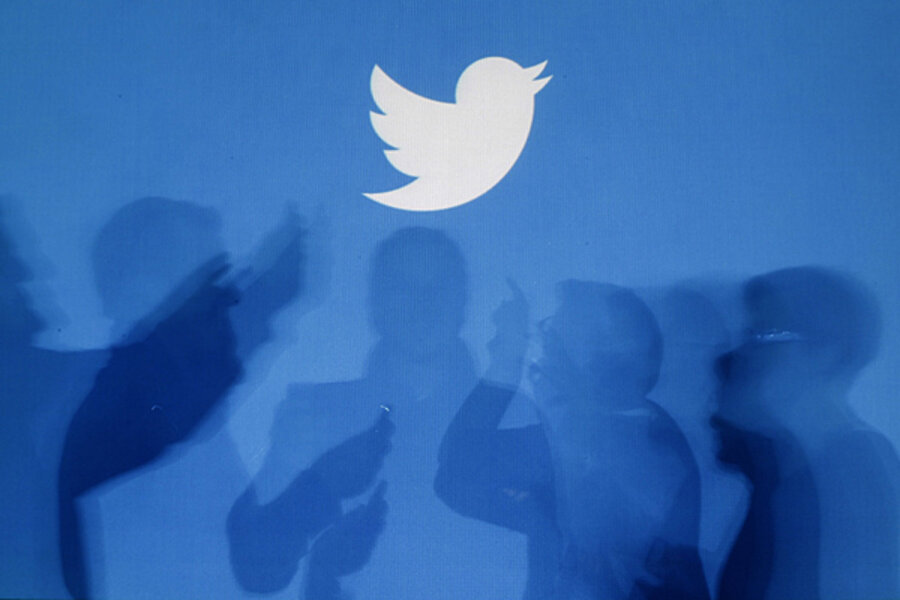The new Twitter Direct Message feature may not be that new
Loading...
For some, that little envelope box on Twitter feeds may have started to light up more often, as news broke of a new option for users to receive Direct Messages (DMs) from any of their followers.
Currently, DMs are 140-character private messages that Twitter users can send back and forth between people who follow one another. On Tuesday, some Twitter users reported seeing a new feature in their Twitter settings under “Account,” offering the option to enable DMs from anyone who follows them, regardless of whether they follow that person back. This news, however, may actually not be that new.
The news first spread Tuesday morning when marketing consultant Jim Connolly noted the change to his account via tweet, which was then reported on the tech blog PocketLint. Since then, media outlets from Tech Crunch to The Verge reported on this feature roll out from Twitter, and other users, generally businesses, business people, and media outlets. However, Twitter did not post any announcement on its official blog or Twitter feeds. Why?
It already responded to these rumors -- two years ago. In July 2011, The Next Web reported rumors of Twitter rolling out this DM feature to which Twitter responded with a statement saying, "Contrary to news reports, Twitter has not changed the rules for how Direct Messages (DMs) work for Verified accounts." Instead, Twitter said the feature was added to a "limited" number of accounts "in cases where having that capability may be beneficial." For example: "enabling businesses to receive account information that users may not want to post publicly." The statement also said Twitter was not planning a widespread rollout of the feature.
A source familiar with the matter confirmed that there was no new feature roll out this week. Likely, this setting has already been an option for many businesses, media outlets, and high-profile users, but they had not checked their account settings for any change in awhile.
However, with Twitter filing an IPO likely sometime before Thanksgiving, new features like this could make the site a vital tool for businesses looking to better communicate with their customers. Businesses can use DMs as a way for customers to keep in contact with the company (but don’t want to follow every costumer), or to reach out to customers on a more personal level. A study by Acquity, a digital e-commerce and marketing company, found that 73 percent of tweets to businesses go unnoticed. A DM could direct customer questions more accurately and foster better business-to-customer interactions. On his blog, Mr. Connolly also points out that this opens up communication for those looking to send a sensitive story tip to a journalist (or a journalist looking to reach out to a source), or politicians who would like to open their Twitter message inbox to constituent comments (under 140 characters that is).
This news also comes in light of Twitter experimenting with DMs for their new emergency alert system, perhaps as a way to get Twitter users more comfortable with the DM tool.
Twitter did not comment on whether the feature would be introduced on a larger scale in the future, but for now most tweeters won't have to worry about any DM decision.









